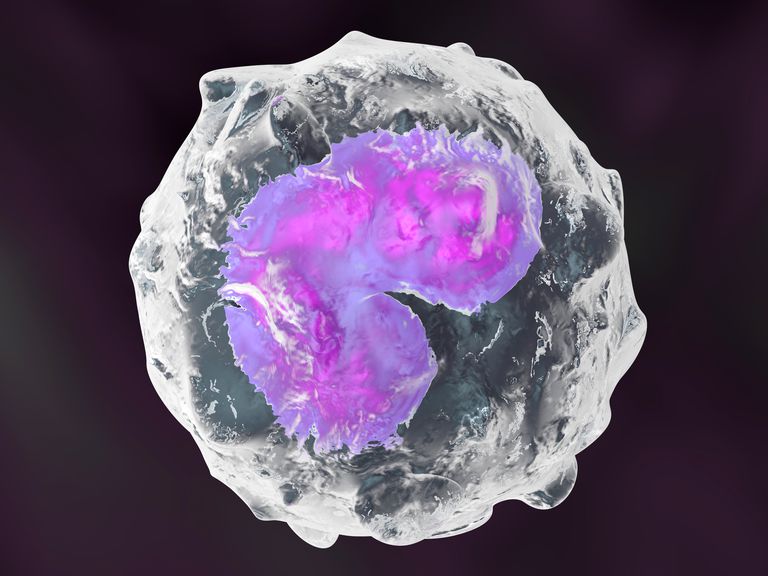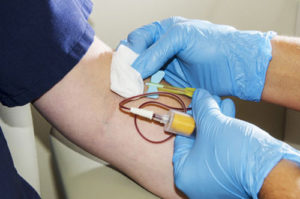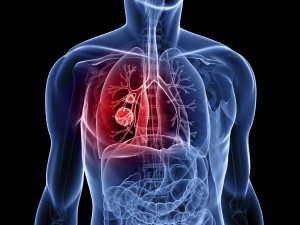An effective immune response to general signs of infection, regulated by the branch of the immune system called innate immunity, is essential for the removal of unwanted bacteria. Such a response should then end when the infection is over — dampening and blocking any unwanted inflammatory response. The processes that determine whether inflammation is effective or dysfunctional are of considerable therapeutic interest, given the lack of available strategies to target harmful inflammation while preserving beneficial host defences. Efforts to understand how immune cells respond to inflammation have, in turn, focused attention on immune regulatory processes. These include processes involved in sensing the damage associated with infection1, as well as those needed to recognize other infection-related changes, such as alterations in nutrient2 or oxygen levels3,4. Writing in Nature, Solis et al.5 reveal that mechanical cues generated in the mouse lung are sensed by immune cells and are crucial regulators of an immune response.
The immune system’s myeloid cells — a group that includes macrophages and monocytes — are exposed to a range of physical forces, for example those encountered when leaving blood vessels to enter tissues6. Cycles of mechanical force occur in organs such as the lung, in which tissues are compressed during breathing7. These forces are themselves subject to change in disease states; for example, when tissue swells during an inflammatory response. Solis and colleagues report that macrophages and monocytes can respond to mechanical cues that are perceived through a mechanosensory ion channel called PIEZO1 that is located on their cell surface.
To understand whether the exposure of myeloid cells to mechanical forces could directly regulate immune-cell function, the authors generated mice that lacked PIEZO1 in myeloid cells. Using an in vitro system, the authors subjected immune cells to cycles of pressure change, mimicking those encountered in the lung, called cyclical hydrostatic pressure. The authors compared wild-type and PIEZO1-deficient macrophages and monocytes, which revealed that cyclical hydrostatic pressure induces a pro-inflammatory gene-expression profile in wild-type cells that depends on PIEZO1. This expression profile included genes that are controlled by the transcription-factor protein HIF1α, a key regulator of gene expression that is needed for myeloid cells to function and survive8–10. Interestingly, this pro-inflammatory gene-expression response was unaffected by the magnitude of the pressure encountered.
To understand the mechanisms driving this transcriptional response, the authors studied macrophages that were deficient in HIF1α. They found that the cells were unable to mount a pro-inflammatory gene-expression response to cyclical hydrostatic pressure. The authors reveal that subjecting wild-type cells to this type of pressure in the in vitro system drives an influx of calcium ions into cells through the PIEZO1 channel, which results in accumulation of HIF1α (Fig. 1). This PIEZO1-mediated boost to HIF1α required the production of the hormone endothelin 1, which acts in a signalling pathway that stabilizes HIF1α in cells11,12. Endothelin 1 is secreted by cells and acts by binding to its receptor either on the cell that secreted it or on a neighbouring cell.







